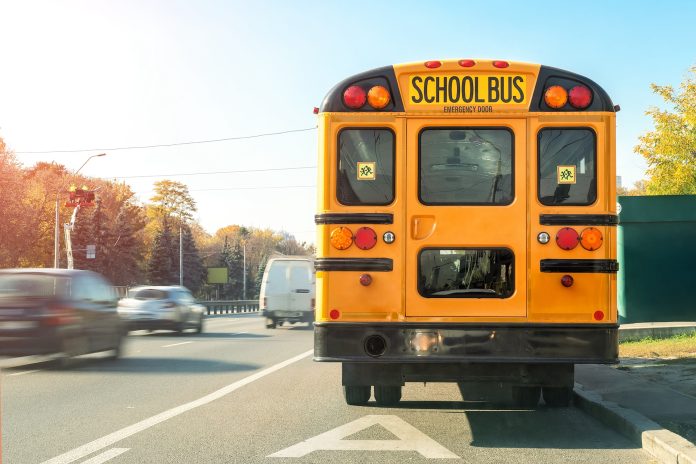On March 24, Secretary of Education Miguel Cardona released an eight-page letter to educators and parents addressing the return of students to school in person. The purpose of this communication was to provide updates and resources to assist schools in mitigating the spread of COVID-19 and ensuring, to the maximum extent feasible, that learning takes place in person.
“This letter addresses the needs of students with disabilities as we move into a new phase in our response to the pandemic,” Cardona writes. After carefully reading this letter, it became clear that this information needed to be shared with school district transportation personnel responsible for transporting students with disabilities. This letter captured in a single document invaluable Centers for Disease Control and Prevention (CDC) references and the latest data available, providing a framework for informed decision-making for the return of students with disabilities to school for in person learning.
Cardona emphasizes that the U.S. Department of Education is committed to ensuring that students with disabilities are afforded the services entitled under three federal laws. It is stated that, “It is important to remember that state and local educational agencies (SEAs and LEAs) are bound by federal laws, including Title II of the Americans with Disabilities Act of 1990 (ADA), Section 504 of the Rehabilitation Act of 1973 (Section 504), and the Individuals with Disabilities Education Act (IDEA), to ensure the inclusion of students with disabilities, including those experiencing Long COVID, in our nation’s schools.
The ability to fully comply with these three federal laws requires that transportation personnel be invited to participate in applicable discussions regarding the provision of a free appropriate public education (FAPE) in the least restrictive environment (LRE) for students with disabilities entitled to receive the related service transportation as a part of a student’s Individualized Education Program (IEP) under the IDEA or a Section 504 transportation plan. To do so correctly necessitates the involvement of transportation personnel prior to a school district implementing transportation services for students with disabilities.
The Department of Education’s letter places emphasis on students who are at risk because of school-health-related concerns. This includes children requiring IEP specialized transportation services. The secretary’s letter highlights the necessity for “Leveraging the IEP or Section 504 processes to ensure protections are in place to protect in-person learning.”
As a strategy to keep school communities safe, Cardona expresses that, “Based on the latest data in areas where the COVID-19 Community Level is high, CDC recommends universal masking for schools, preschool and early intervention settings, and on school buses and vans.” This statement reinforced the IEP team’s responsibility for addressing on a case-by-case basis the individual needs of students with disabilities with a higher risk for serious illness. Clearly, school districts are obligated to ensure appropriate preventive strategies to safeguard the provision of FAPE and assure implementation of appropriate federal nondiscrimination practices.
School districts are required to implement transportation modifications for an individual student with disabilities under federal law and protect these students from harm, including bullying and harassment. Unfortunately, unforeseen complications occur when required communication is absent.
Recently, I was asked to assist a family whose child wore a mask while riding on a regular route, to address specialized health concerns. The driver required the student to remove the mask, resulting in bullying by peers. The recommendation by the IEP team to wear a mask was never shared with transportation office personnel. Unfortunately, transportation personnel and the driver were never informed about this student’s special needs. Multiple preemptive steps could have taken place to prevent this unfortunate incident from occurring.
As school transportation personnel move into this “new phase” of pandemic response, make sure to stay informed about critical areas relating to safe transportation for students with disabilities. This includes updated CDC and Department of Education guidance, proper ventilation to maintain a healthy school vehicle environment, and disinfecting school buses safely and efficiently in accordance with manufacturer product recommendations.
In summary, we have learned during this pandemic that changes in CDC and Department of Education safety information should be regarded as a part of the learning curve on how to best serve students with disabilities as new research, data and information become available. Be cautious to avoid unnecessary negligence and liability by complying with safe transportation requirements for students with disabilities under both federal and state law.
Editor’s Note: As reprinted in the June 2022 issue of School Transportation News.
Related: Who Trains the Kids on School Bus Safety?
Related: CDC No Longer Requires Face Masks On School Buses
Related: Efforts to Fully Fund California Student Transportation Advance
Related: Florida School Bus Driver Honored for Dedication to Students with Disabilities
















